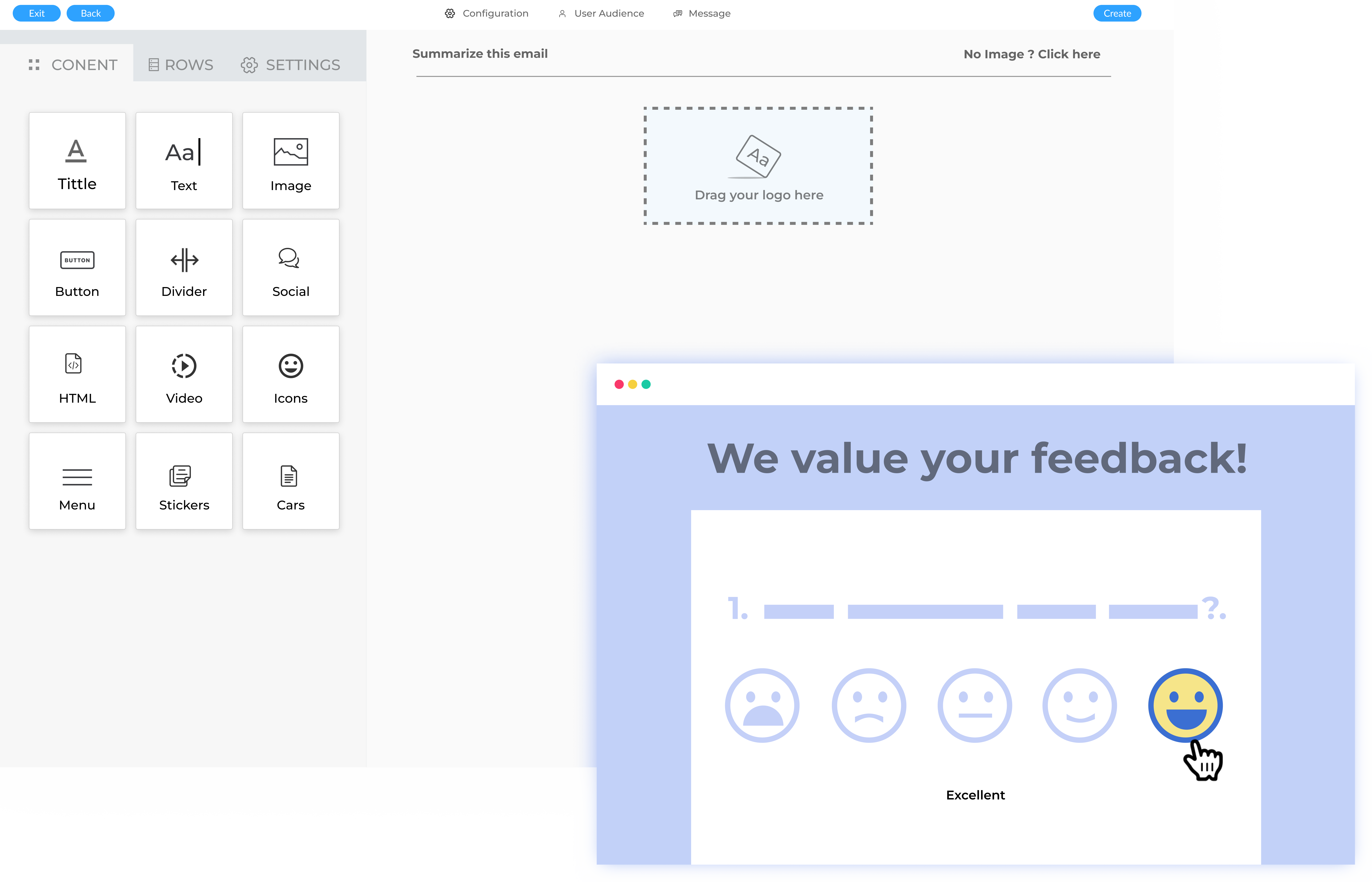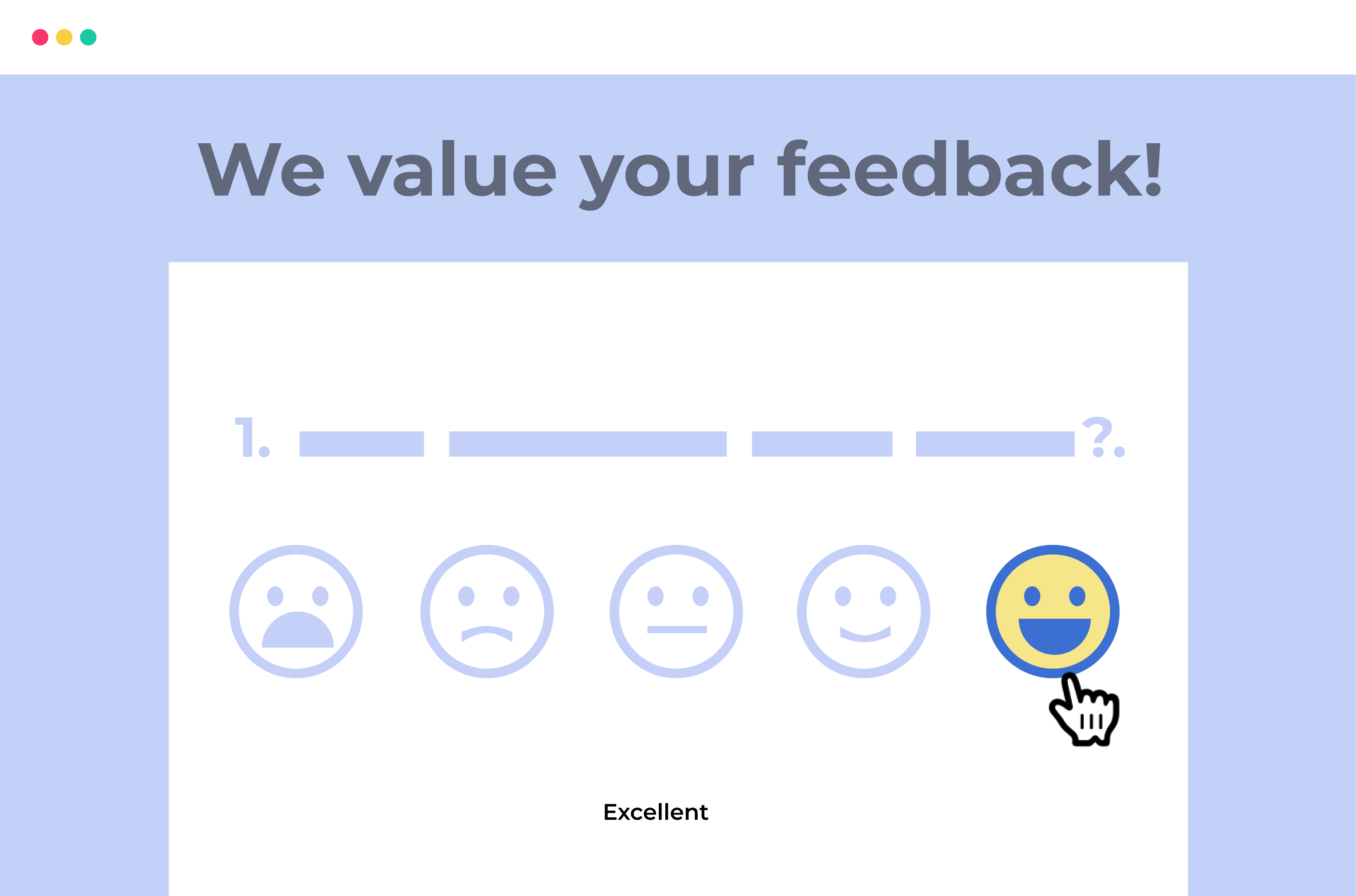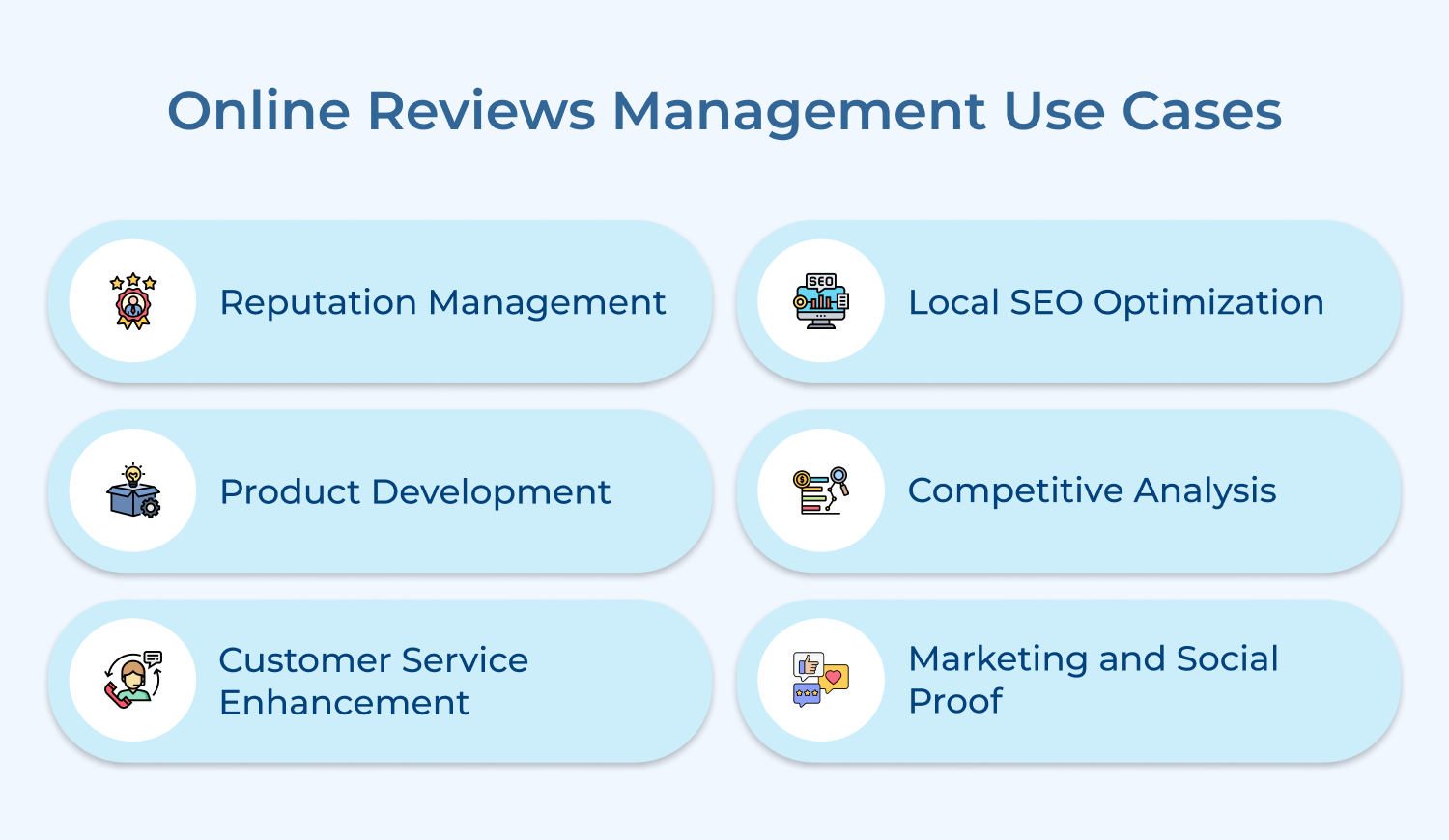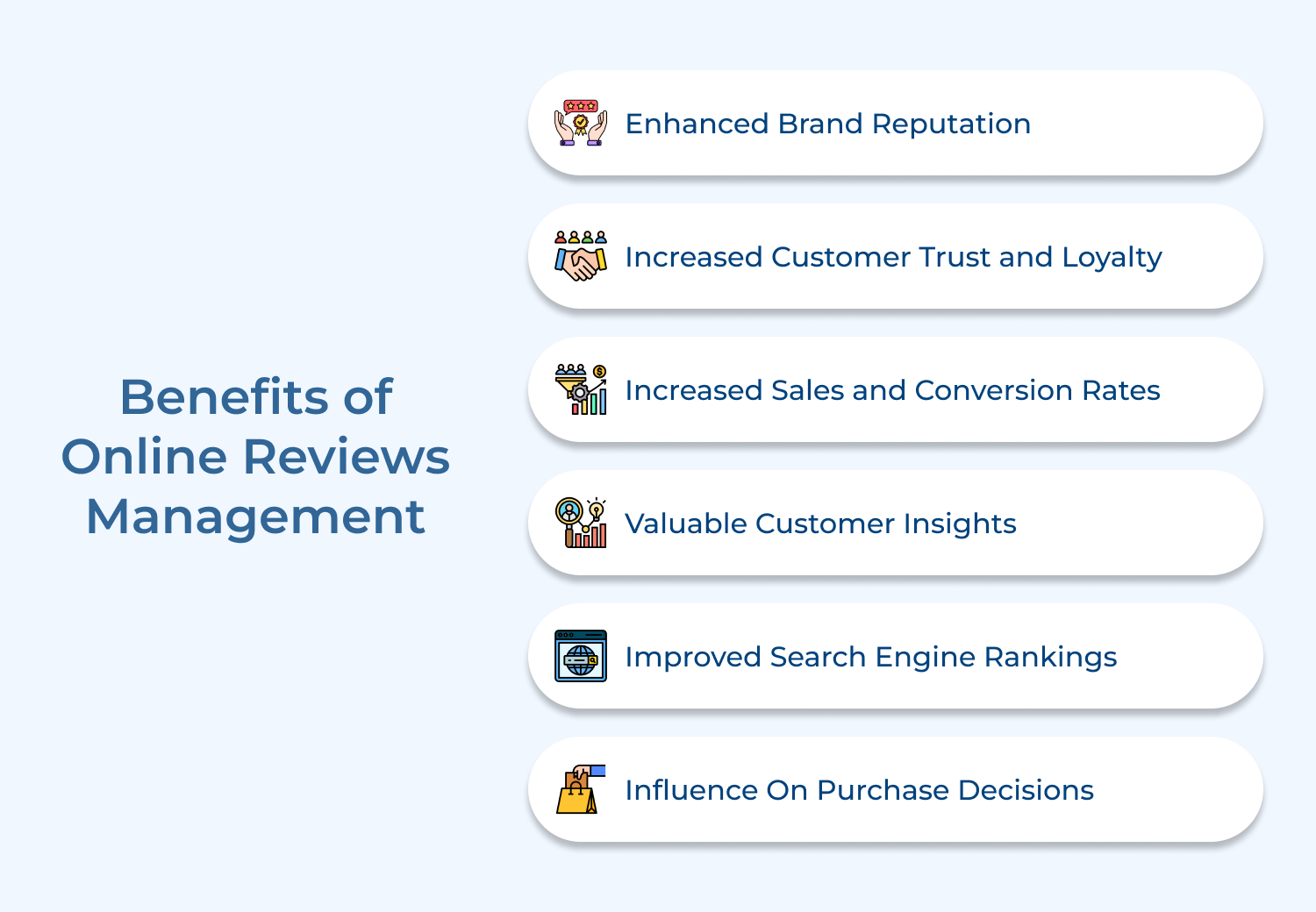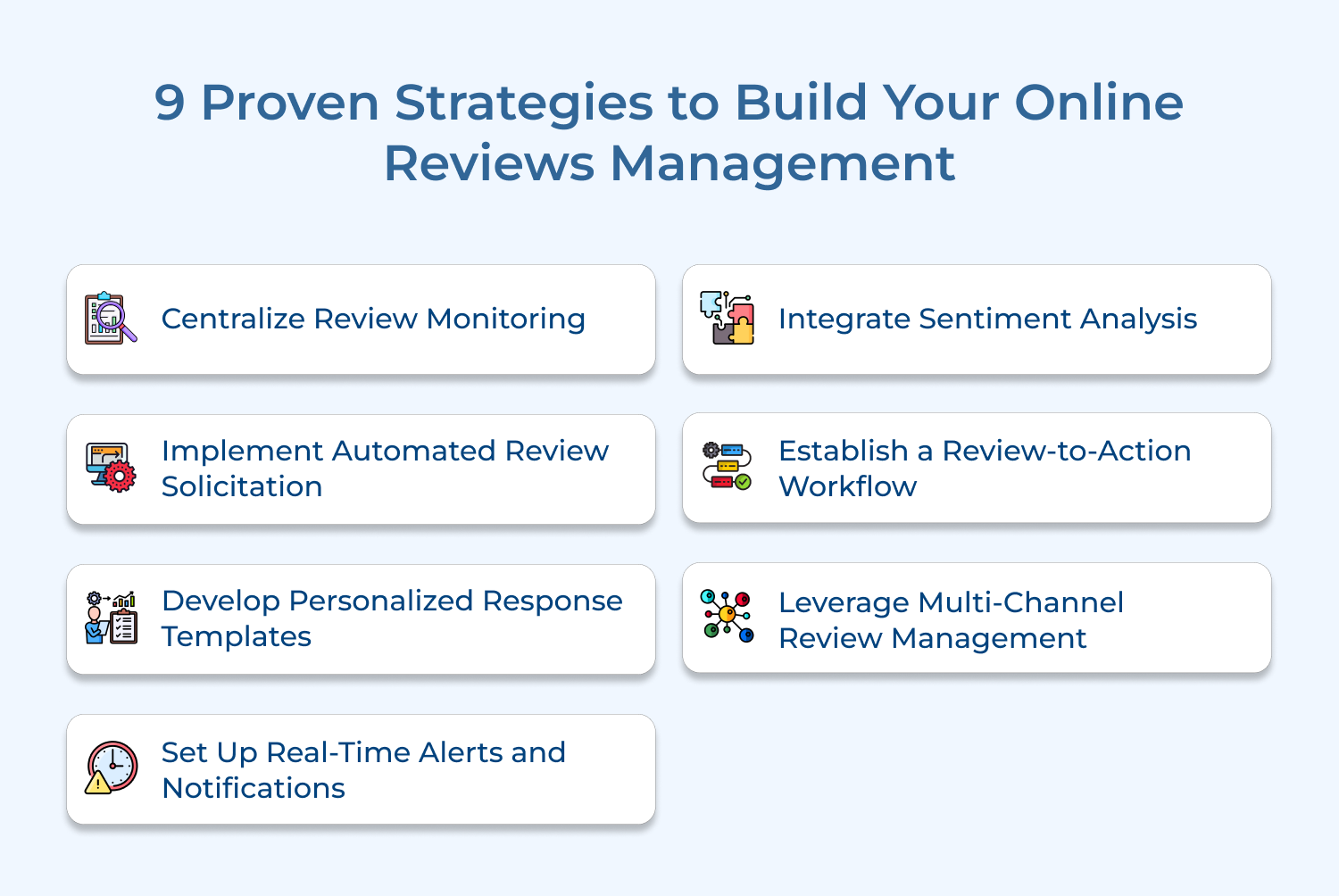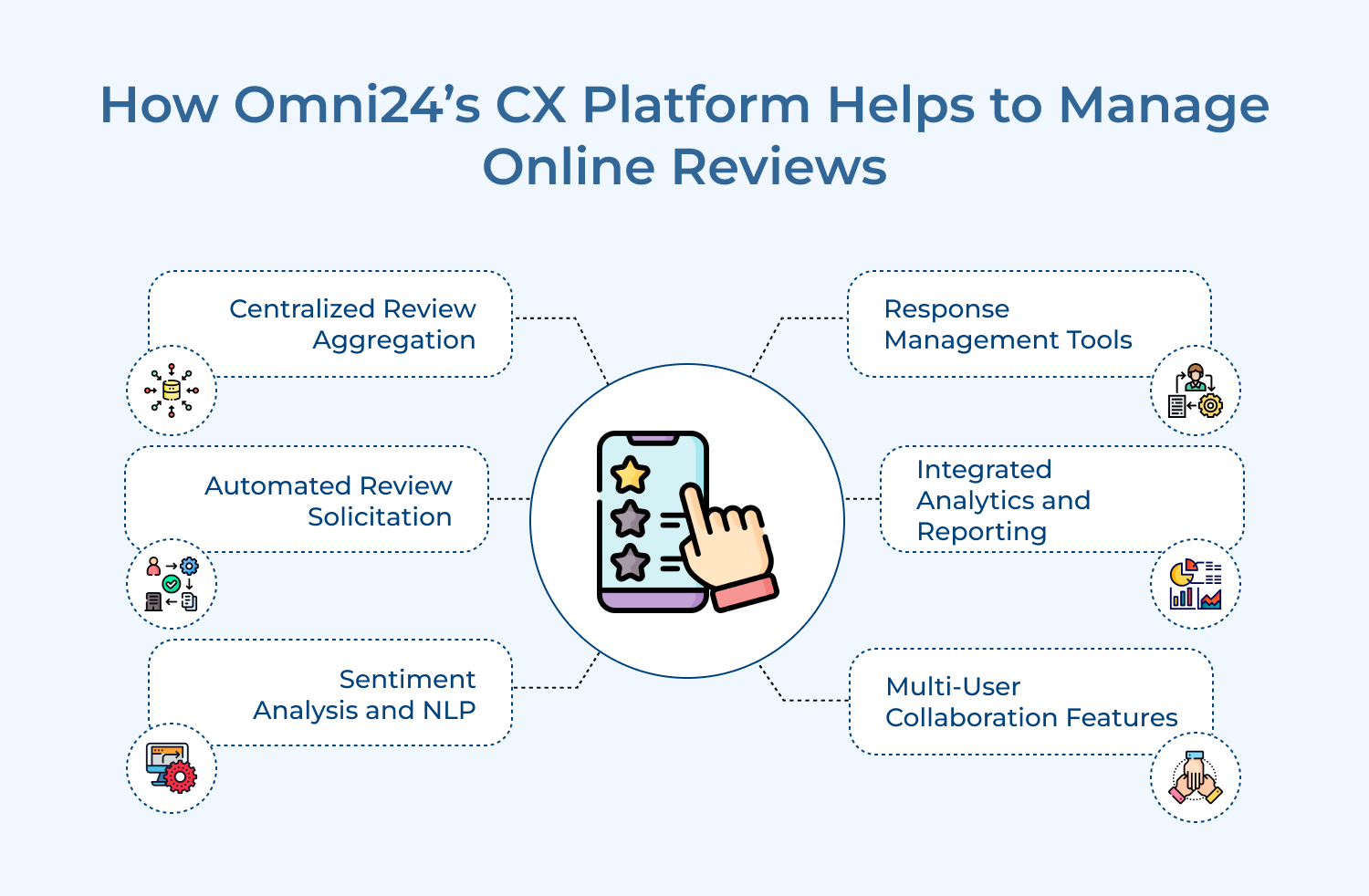1. Centralize Review Monitoring
Centralizing review monitoring allows businesses to efficiently track and manage reviews across multiple platforms from a single dashboard. This comprehensive view prevents missed reviews and enables a more consistent response strategy, crucial for maintaining a strong online presence.
Use your CX platform to aggregate reviews from various sources like Google, Yelp and industry-specific sites. Set up customizable dashboards to categorize reviews by rating, source or urgency, allowing for quick prioritization and response.
Best practices:
- Integrate all relevant review platforms with your CX system to ensure no feedback slips through the cracks.
- Establish a regular review monitoring schedule, assigning team members specific times to check and respond to new reviews.
2. Implement Automated Review Solicitation
Automated review solicitation helps businesses consistently gather feedback from customers, increasing the volume and frequency of reviews. A steady stream of fresh reviews boosts SEO, provides social proof and offers ongoing insights into customer experiences.
Configure your CX platform to automatically send review requests via email or SMS after specific customer interactions/purchases. Personalize these requests based on the customer’s experience to encourage higher response rates.
Best practices:
- Time your review requests strategically, such as a few days after product delivery or service completion, to capture the most relevant feedback.
- A/B test different message formats and timings to optimize your review solicitation process for maximum engagement.
3. Develop Personalized Response Templates
Personalized response templates enable businesses to respond quickly and consistently to reviews while maintaining a human touch. It ensures that all reviews receive attention promptly, enhancing customer satisfaction and demonstrating attentiveness to potential customers.
Create a library of response templates within your CX platform for different review scenarios (positive, negative, neutral). Use these as starting points, customizing each response with specific details from the review for a personal touch.
Best practices:
- Regularly update your template library based on common themes in reviews and evolving brand voice guidelines.
- Train your team to effectively customize templates, striking a balance between efficiency and personalization.
4. Set Up Real-Time Alerts and Notifications
Real-time alerts ensure that businesses can respond swiftly to urgent reviews, particularly negative ones. Quick responses mitigate potential damage to your reputation and demonstrate your commitment to customer satisfaction.
Configure your CX platform to send immediate notifications for reviews meeting specific criteria, such as low ratings or mentions of key issues. Route these alerts to the appropriate team members for prompt action.
Best practices:
- Establish a clear escalation process for different types of reviews to ensure the right people are notified at the right time.
- Regularly refine your alert criteria to maintain a balance between responsiveness and avoiding alert fatigue.
5. Integrate Sentiment Analysis
Sentiment analysis helps businesses understand the emotional tone behind reviews, providing deeper insights into customer experiences. This understanding allows for more nuanced responses and helps identify trends in customer satisfaction over time.
Utilize your CX platform’s AI-powered sentiment analysis tools to automatically categorize reviews based on their emotional tone. Use this data to prioritize responses and identify areas of your business that may need improvement.
Best practices:
- Combine sentiment analysis with other metrics like star ratings for a more comprehensive understanding of customer feedback.
- Regularly validate the accuracy of your sentiment analysis tool and adjust its parameters as needed to ensure reliable insights.
6. Establish a Review-to-Action Workflow
A review-to-action workflow ensures that valuable feedback from reviews is systematically addressed and incorporated into business improvements. The process helps close the feedback loop, driving continuous enhancement of products, services and customer experiences.
Design workflows that automatically route reviews containing actionable feedback to relevant departments. Set up task creation and tracking to ensure feedback is addressed as well as implemented.
Best practices:
- Create a cross-functional team responsible for reviewing and actioning on feedback to ensure a holistic approach to improvements.
- Implement a system for tracking the impact of changes made based on review feedback to demonstrate the value of the process.
7. Leverage Multi-Channel Review Management
Multi-channel review management allows businesses to maintain a consistent brand voice and response strategy across various platforms. It makes sure that no matter where customers leave feedback, they receive the same high-quality engagement.
Utilize your CX platform to manage reviews across different channels (e.g., social media, review sites, app stores) from a single interface. Implement channel-specific response strategies while maintaining overall brand consistency.
Best practices:
- Tailor your response style slightly for each platform to match its unique culture and user expectations.
- Regularly audit your multi-channel presence to ensure you’re actively managing all relevant platforms where customers leave reviews.
8. Implement Review Analytics and Reporting
Review analytics and reporting provide businesses with data-driven insights into their online reputation as well as customer satisfaction trends. The given information is crucial for making informed decisions about product development, customer service improvements and marketing strategies.
Leverage your CX platform’s analytics tools to generate regular reports on review volume, sentiment trends, response times and common themes. Use these insights to set goals, track performance and identify areas for improvement.
Best practices:
- Create custom dashboards that highlight the most relevant metrics for different stakeholders in your organization.
- Schedule regular review of analytics reports with key team members to ensure insights are actioned upon in a timely manner.
